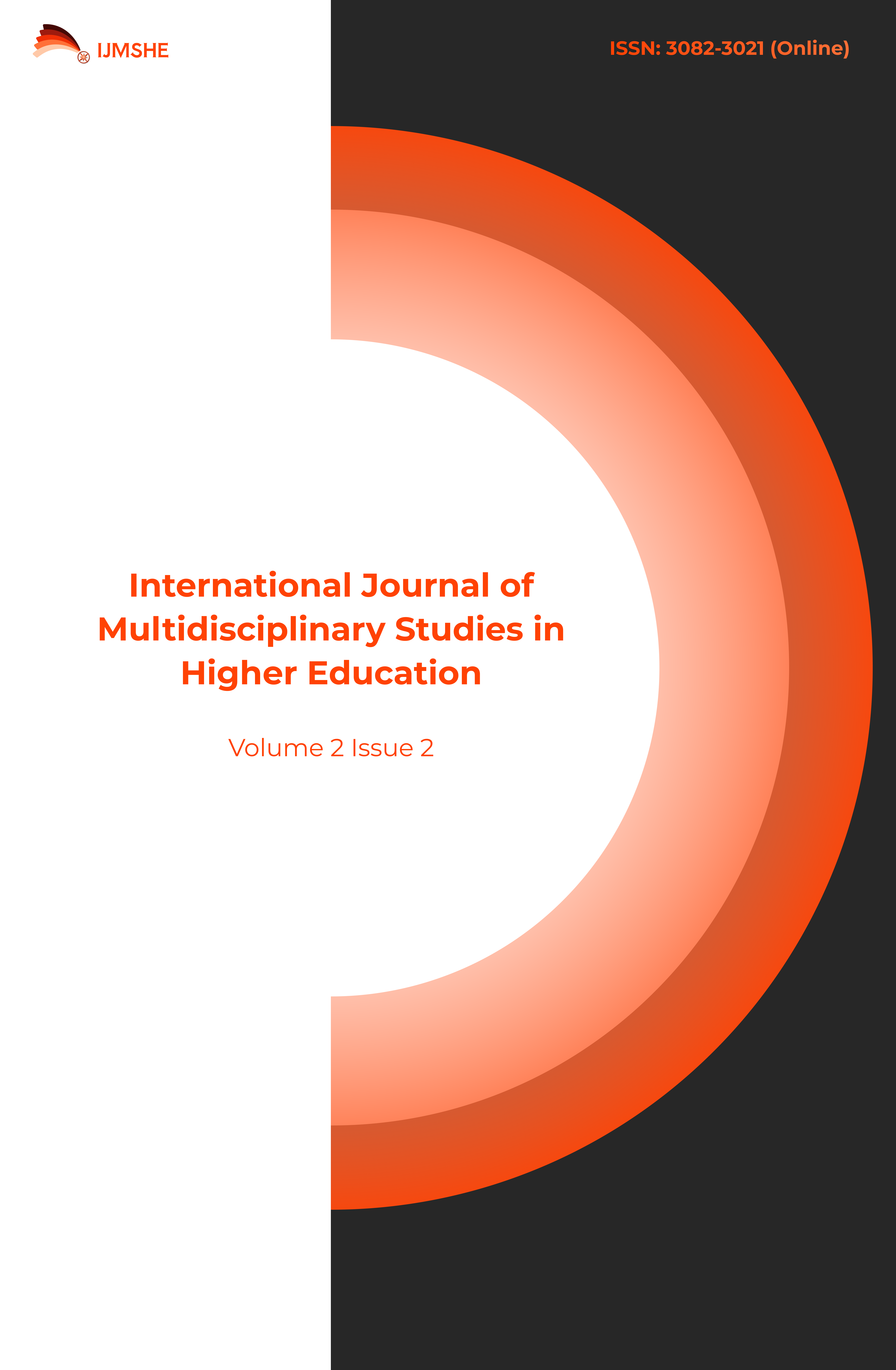University Students’ Perspectives on Translation Tasks in EFL Classes: A Qualitative Study
Main Article Content
Abstract
The growing recognition of English as a vital tool for academic and professional advancement has prompted the Moroccan Ministry of Higher Education to mandate English instruction for undergraduate and postgraduate students across all disciplines. Traditionally, English language instruction in Moroccan universities has adhered to monolingual approaches that discourage the use of students’ first language (L1). However, the systematic integration of translation tasks may offer pedagogical benefits, particularly for learners with limited English proficiency. This qualitative study investigates university students’ attitudes toward incorporating translation exercises in English as a Foreign Language (EFL) classes. Over the course of one semester, a Master’s-level English class engaged in structured translation tasks. Subsequently, 25 students participated in individual structured interviews. Thematic analysis of the responses revealed that students held positive perceptions of translation tasks, citing their role in enhancing vocabulary acquisition, building self-confidence, and promoting active classroom participation.
Article Details

This work is licensed under a Creative Commons Attribution 4.0 International License.
References
Ambele, E. A., & Watson Todd, R. (2021). Translanguaging in everyday urban conversations in Cameroon.
International Journal of the Sociology of Language, 2022(273), 181-197. DOI: 10.1515/ijsl-2020-0118
Ambele, E. A. (2022). Supporting English teaching in Thailand by accepting translanguaging: Views from
Thai university teachers. Issues in Educational Research, 32(3), 871-886. https://www.iier.org.au/iier32/ambele.pdf.
Auerbach, E.R. (1993). Reexamining English only in the ESL classroom. TESOL Quarterly, 27(1), 9-32.
DOI: 10.1002/tesq.310
Carreres, A. (2006). Strange bedfellows: Translation and language teaching. The teaching of translation into L2 in modern
languages degrees; uses and limitations. Paper presented at the 6th Symposium on Translation,
Terminology and Interpretation in Cuba and Canada. Retrieved from
https://www.academia.edu/27650215/Strange_Bedfellows_Translation_and_Language_teaching
Byram, M. (2004). Routledge encyclopedia of language teaching and learning. London and New York: Routledge.
Dujmović, M. (2007). The use of Croatian in the EFL classroom. Metodički obzori: časopis za odgojno-obrazovnu
teoriju i praksu, 2(3), 91-101.Retrieved from https://hrcak.srce.hr/file/19437.
Deller, S., & Rinvolucri, M. (2008). Using the mother tongue: Making the most of the learner’s language. Delta
Publishing
Dulay, H. C., Burt, M. K., & Krashen, S. (1982). Language two. New York, NY: Oxford University Press.
García, O., & Otheguy, R. (2020). Plurilingualism and translanguaging: Commonalities and
divergences. International Journal of Bilingual Education and Bilingualism, 23(1), 17-35. DOI: 10.1080/13670050.2019.1598932
Hall, G., & Cook, G. (2012). Own-language use in language teaching and learning: State of the art. Language
Teaching, 45(3), 271-308. DOI: 10.1017/S0261444812000067
Harmer, J. (2007). The practice of English language teaching. (4th ed.). Essex: Pearson and Longman.
Krashen, S. (2004). The Power of Reading (2nd ed.). Englewood, CO: Libraries Unlimited.
Lewis, M. P. (Ed.) (2009). Ethnologue: Languages of the world (16th ed.). Dallas, Texas: SIL International.
Phillipson, R. (2014). Linguistic imperialism. Oxford: Oxford University Press.
Pavón, V,. & Ramos, M. C. (2019). Describing the use of the L1 in CLIL: Analysing students’ L1
communication strategies in classroom interaction. International Journal of Bilingual Education and Bilingualism, 22(1), 35-48. DOI: 10.1080/13670050.2018.1511681
Popovic, R. (2001). The place of translation in language teaching. Bridges, 5, 3-8. Retrieved from
https://www.academia.edu/2313973/The_place_of_translation_in_language_teaching.
Richards, J. C., & Rodgers, T.S. (2001). Approaches and methods in language teaching (2nd ed). Cambridge:
Cambridge University Press.
Swift, S. (2006). Using the L1 in the EFL classroom. An ELT notebook (Online).
Retrieved from http://eltnotebook.blogspot.com/2006/11/using-l1-in-efl -classroom.html
Wei, L. (2018) Translanguaging as a practical theory of language. Applied Linguistics, 39(1), 9-30.
DOI: 10.1093/applin/amx044
Widdowson, H. G. (2003). Defining issues in English language teaching. Oxford: Oxford University Press.
Willis, J. (1981). Teaching English through English. Harlow: Longman.

